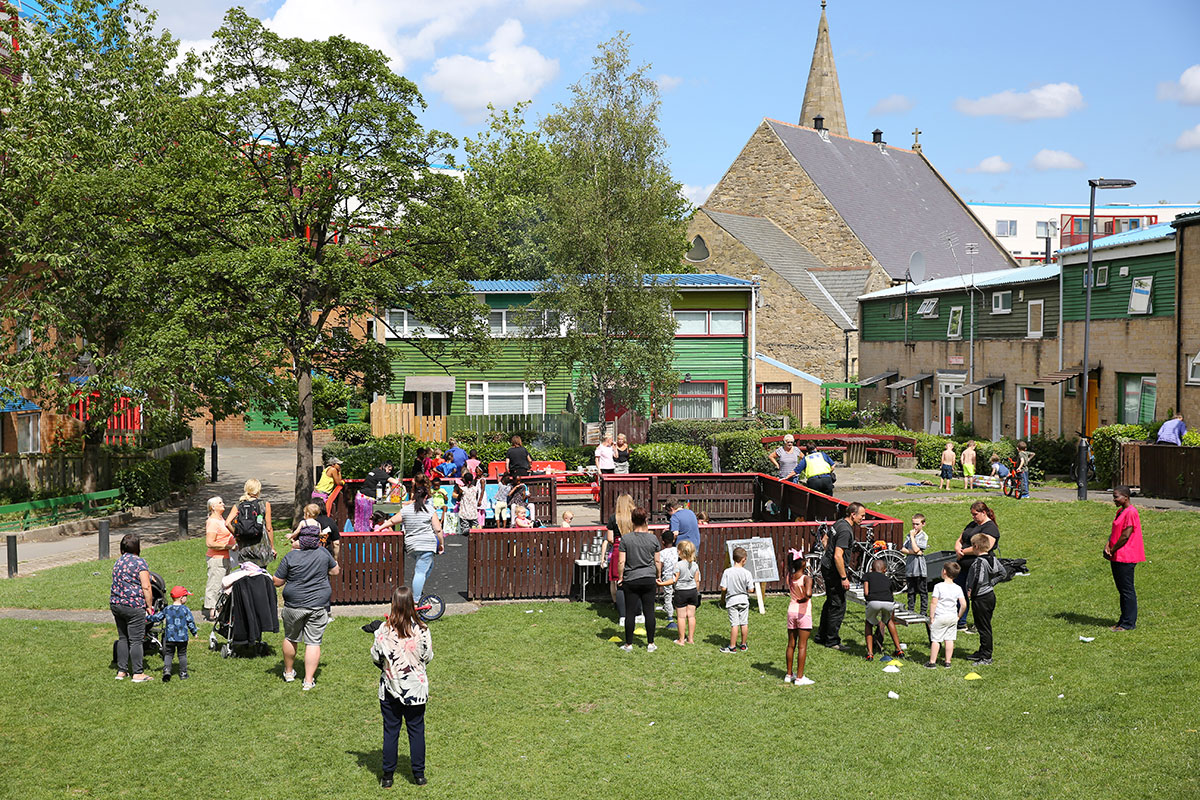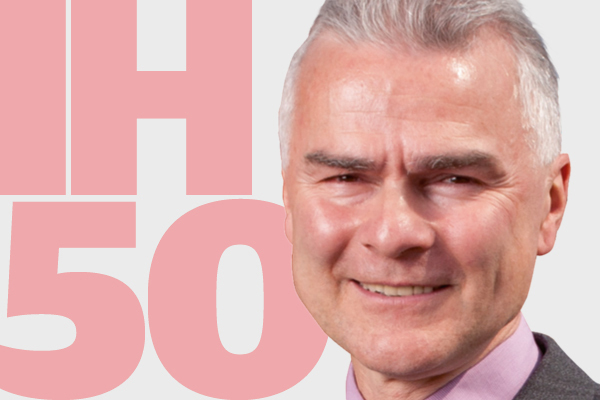
How our human library experiment helped shift perceptions
As landlords grapple with the issue of tenant engagement, one association has adopted a radical approach from Denmark. Tony Stacey and Juliann Hall explain
In my last IH50 blog, I responded to the challenge from Neil Goodrich and the CIH Futures team, who are vocal about the lack of opportunities for young people to secure senior positions.
One of their suggestions was for established bloggers to use their platforms to showcase the talents of younger people.
My blog teed up our youngest director, Charlotte Murray, to write about how she had balanced having children with ‘leaning in’ to her career.
The co-written blog got great feedback. I have decided to do it again. This time Charlotte’s job-share partner, Juliann Hall, wrote it with me.
She has just curated a ‘human library’ as the centrepiece of our board away day.
The background was a call to support our non-executive directors (NEDs) to develop their appreciation of our customers’ lives and journeys.
It’s not that our NEDs are an unsympathetic bunch – quite the reverse.
We have a poster on the wall for our board meetings which asks whether the voice of the customer has been heard in the boardroom.
One of our NEDs suggested that the board understands that good governance relies on hearing the customer voice.
However, he asked, what about empathy? How could NEDs ensure they relate better to our customers at a human level? Juliann takes up the story here:
“Do many of your staff have lived experience of the kind of issues your customers face?”
I was asked this question recently by a colleague in the sector.
It reinforced for me what I believe is the primary barrier to engagement with those we serve across health, social care and housing.
At some level there remains a subtle ‘othering’ of customers, patients and users among even the most aware professionals. There is a pervading sense they are the ones in need – with a monopoly on suffering – and we are the heroes of their story with a monopoly on fixing lives and communities.
I answered that South Yorkshire Housing Association (SYHA) employs 750 people.
Given that our customers have issues such as getting older, poor mental health and the desire for a good home, SYHA is awash with staff with similar experience to our customers, because the place is full of these wonderful things called humans.
“Our library had a range of living books on subjects such as homelessness, ageing and social isolation, living with addiction and mental ill health”
We are blessed with a board that is alive to the risk of the sector kidding itself that if we get the “engagement mechanism” right, the job will be done.
NEDs understand that a fundamental and very personal shift is required to ensure we enter into the relationship with our customers as true equals.
Professor Sir Harry Burns, Scotland’s former chief medical officer, nails it. “Empathy exists when we stop talking about putting the patient at the centre and we realise that we are the patient,” he says.
We are at our very best when we approach the relationship with our customers knowing that at the most human level we want and have a right to exactly the same things.
The causes of Grenfell are complex. But it could be argued a contributing factor is that professionals lost sight of the simple fact that the tenants wanted and deserved exactly the same stuff as them – a safe secure home and to be heard, as opposed to ‘consulted’ or ‘engaged’.
Developed in Denmark, the human library offers a method of honouring the power of people’s stories, which is our greatest asset.
It is a library that lends people, rather than books, and is based on the notion that one-to-one conversations allow a personal experience of sharing, questioning and reflection that can radically shift perceptions.
Our library had a range of living books on subjects such as homelessness, ageing and social isolation, living with addiction and mental ill health.
A key feature of our library was that our living books were both employees – including the executive team – and customers.
“As our sector and others wrestle with the ongoing question of customer, tenant, patient and human involvement, let’s not allow ourselves to take false reassurance from the quality of our engagement mechanisms”
Others involved in human libraries across the world report that they can have a profound impact on all concerned. This was our experience.
The method allows for a quality of connection and deep listening that isn’t always possible in our increasingly busy, distracted lives.
As our sector and others wrestle with the ongoing question of customer, tenant, patient and human involvement, let’s not allow ourselves to take false reassurance from the quality of our engagement mechanisms.
We must remember to attend to the most fundamental rule of all human relationships – in the words of the great EM Forster, “only connect”.
Tony Stacey, chief executive, and Juliann Hall, co-director of care, health and well-being, SYHA











